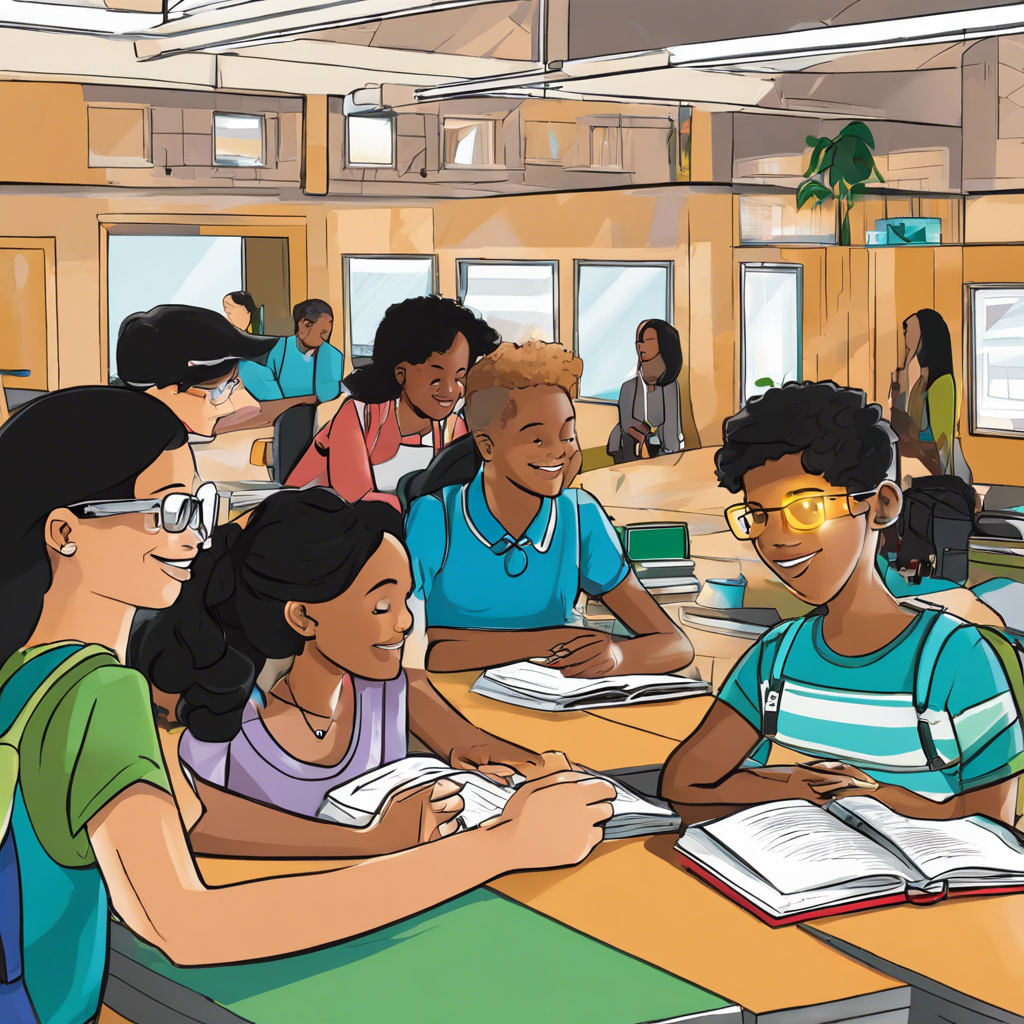Virtual field trips immerse students in a 3D world, fostering interactive learning and a deeper understanding of subjects.
In today’s digital age, educators are seeking innovative ways to engage students and enhance their learning experiences. One such method that has gained traction is the use of **virtual field trips**. This approach allows students to explore and discover new places, historical events, and scientific phenomena without leaving the comfort of their classrooms. By leveraging technology, virtual field trips have become an increasingly popular tool for teachers to make learning more interactive and enjoyable. This article will delve into the effectiveness of virtual field trips and how they can transform student learning.
With the ongoing advancements in technology, the education sector is witnessing a paradigm shift. **Virtual reality** (VR) and **augmented reality** (AR) have emerged as powerful tools to create immersive learning environments. These technologies enable students to transcend the physical boundaries of the classroom and embark on exciting educational journeys.
## Enhancing Learning Experiences
Virtual field trips offer a unique and captivating way of teaching, bringing numerous benefits to both students and educators. These benefits include:
###
Immersive Learning: A New Dimension of Education
One of the most significant advantages of virtual field trips is the immersive learning experience they provide. Students can explore virtual environments, interact with 3D objects, and engage with historical figures or scientific concepts in a way that traditional teaching methods cannot replicate. For instance, a virtual tour of ancient Egyptian pyramids allows students to learn about historical artifacts and ancient civilizations in a much more captivating manner.
###
Access to Remote Locations: Breaking Geographical Barriers
Virtual field trips enable students to visit places that are physically inaccessible or too distant. Whether it’s exploring the depths of the ocean, touring the International Space Station, or walking through the Great Wall of China, these virtual excursions offer a unique opportunity to experience the world without geographical constraints. This allows students to develop a broader global perspective and a deeper understanding of different cultures.
###
Engaging and Interactive Learning
These trips are designed to be highly interactive and engaging, promoting active learning. Students can manipulate objects, conduct experiments, and engage in problem-solving activities, fostering critical thinking and creativity. This hands-on approach encourages students to take ownership of their learning, making education more enjoyable and meaningful.
## Practical Implementation
Integrating Virtual Field Trips into Curriculum
To effectively implement virtual field trips, educators can follow these steps:
– Identify Learning Objectives: Align the virtual trip with specific curriculum goals and learning objectives.
– Choose Relevant Virtual Field Trip: Select an appropriate virtual experience that aligns with the learning objectives and is suitable for the age and grade level of the students.
– Prepare Students: Provide an introduction to the topic and set expectations for the virtual field trip.
– Facilitate the Experience: Guide students through the virtual environment, encourage exploration, and prompt discussions.
– Reflection and Assessment: After the trip, engage students in reflective activities to consolidate their learning and assess their understanding.
## FAQ
How do virtual field trips impact student engagement?
Virtual field trips have been shown to significantly increase student engagement. By providing an interactive and immersive learning experience, students become more actively involved in the lesson, leading to better retention and understanding of the subject matter.
Can virtual field trips replace traditional field trips entirely?
While virtual field trips offer numerous benefits, they are not meant to replace traditional field trips entirely. Instead, they complement and enhance the learning experience by providing access to places and experiences that might not be possible otherwise.
What technological requirements are needed for virtual field trips?
The specific technology needed for virtual field trips can vary. At a minimum, a computer or device with internet access and a web browser is required. For a more immersive experience, VR headsets or AR-enabled devices can be used.
## Conclusion
Virtual field trips have revolutionized the way students learn, offering an innovative and captivating approach to education. By providing immersive experiences, access to remote locations, and interactive learning opportunities, these trips enhance student engagement and understanding. With the right implementation and integration into the curriculum, virtual field trips can become a powerful tool for educators, fostering a love for learning and exploration in students.
## External Links:
1. [How Virtual Field Trips Can Enhance Student Learning](https://www.edutopia.org/article/how-virtual-field-trips-can-enhance-student-learning) – Edutopia
2. [The Benefits of Virtual Field Trips](https://www.teachthought.com/technology/virtual-field-trips-benefits/) – TeachThought
3. [Virtual Reality in Education](https://www.edweek.org/teaching-learning/opinion-virtual-reality-in-education-has-explosive-potential/2018/07) – Education Week
